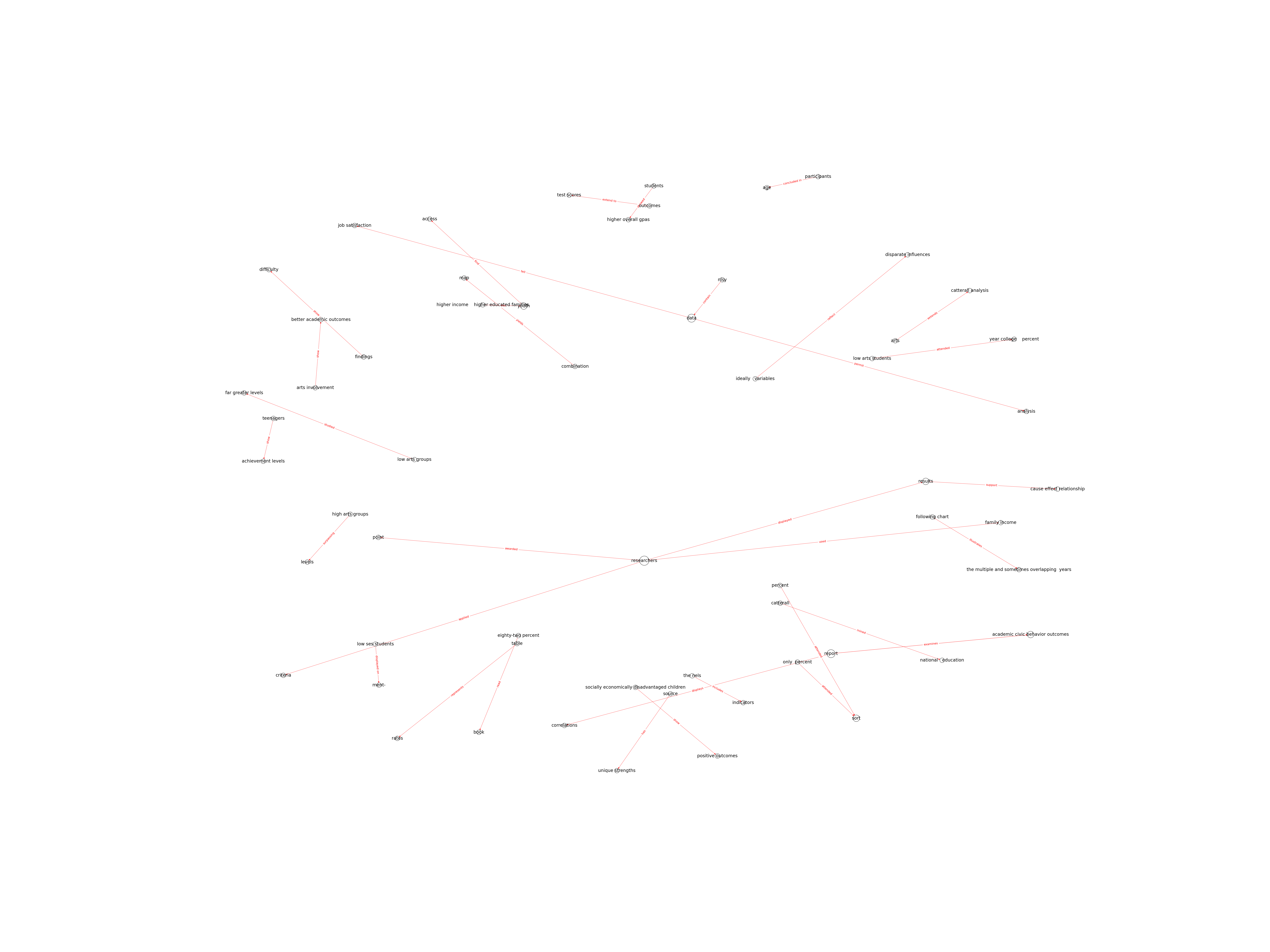| Id | 120 | |
| Author | Catterall, J., S.; Dumais, S., A.; Hampden-Thompson, G., | |
| Title | The Arts and Achievement in At-Risk Youth: Findings from Four Longitudinal Studies. | |
| Reference | Catterall, J.S.; Dumais, S.A.; Hampden-Thompson, G. (2012). The Arts and Achievement in At-Risk Youth: Findings from Four Longitudinal Studies. Research Report ·#55. Washington, DC: National Endowment for the Arts. |
|
| Keywords | Youth; Arts engagement; Arts education; Social outcomes |
|
| Link to article | https://www.arts.gov/sites/default/files/Arts-At-Risk-Youth.pdf |
|
| Abstract | This report examines the academic and civic behavior outcomes of teenagers and young adults who have engaged deeply with the arts in or out of school.
In several small-group studies, children and teenagers who participated in arts education programs have shown more positive academic and social outcomes in comparison to students who did not participate in those programs. Such studies have proved essential to the current research literature on the types of instrumental benefits associated with an arts education.
A standard weakness of the literature, however, has been a dearth of large-scale, longitudinal studies following the same populations over time, tracking the outcomes of students who received intensive arts exposure or arts learning compared with students who did not. The Arts and Achievement in At-Risk Youth is a partial attempt to fill this knowledge gap. The report’s authors, James Catterall et al., use four large national USA databases to analyze the relationship between arts involvement and academic and social achievements. |
|
| Metodology | To understand the relationship between early arts involvement and positive outcomes later in life, researchers applied two criteria to analyze populations in each of the four national databases. First, researchers wanted to know what would be the potential effects of intensive arts involvement on each study population, and how would outcomes differ among students who had engaged in little or no art in childhood or adolescence. To make such comparisons, it was necessary to construct a scale of arts engagement, ranging from high to low, by using the arts-related variables in each database. Each scale relies on a scoring method, with appropriate weighting given to factors such as leadership in arts associations and frequency of arts participation. Second, the researchers decided to focus their analysis on teenagers and young adults who came from lower socioeconomic status (SES) backgrounds. The rationale was that higher-income, higher-educated families will, on average, provide their youth with more opportunities to experience the arts through extra classes, lessons, or opportunities for attendance, perhaps through more affluent schools with extensive arts programs. Thus, if the research failed to control for the effects of SES on the general population studied, then a comparison of high- and low-arts groups would reveal far greater levels of academic and civic achievement in the high-arts group than might be linked to arts involvement alone. |
Technique | Scoring method |

Note: Due to lack of computing power, results have been previously created and saved in database


